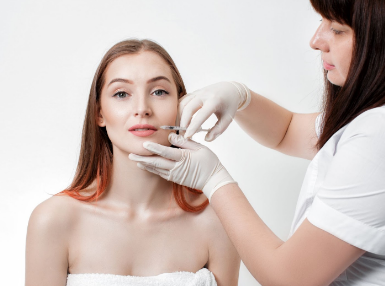
According to a recent RealSelf study, 83% of customers are unaware of what off-label entails.
One treatment option with off-label uses in the medical aesthetics sector is Botox.
How Do You Define Off-Label?
Off-label — what does that mean? Off-label use, expressed simply, refers to the use of an FDA-approved medicine for a purpose that has not been authorized.
A firm must submit clinical data and other information for FDA evaluation before a medicine can be approved. The manufacturer must be able to demonstrate that the medication is both effective and safe for use as intended. When the FDA says a drug is “safe,” it indicates that the advantages of using it have been weighed against any hazards. Due to a lack of sufficient clinical data, certain medicines are sometimes considered off-label.
After learning how to inject Botox and dermal fillers, you may find yourself conducting the following unapproved procedures:
Lip-plumping Botox. It’s one of the most common unapproved uses. Lip Pops are meant to give customers a seductive pout by making their lips appear larger.
Eyebrow shaping Botox. Using Botox injected into the brow depressors, a cosmetic nurse can lift the brow and the tail of the brow.
Plachysmal band Botox treatment. Thick, vertical platysmal bands become apparent with age, forming a V-shape at the nape of the neck. The bands around the neck can be relaxed by Botox injections.
Sub-dermal fillers for the eye hollows. The hollows under the eyes that come with age can be concealed with dermal fillers.
Cheek implants or fillers. Restoring lost volume in the cheeks, cheekbones, and chin can be accomplished with dermal fillers and the resulting facial recontouring.
Nose filler to simulate a rhinoplasty. It is possible to elevate the nose with the help of dermal fillers.


